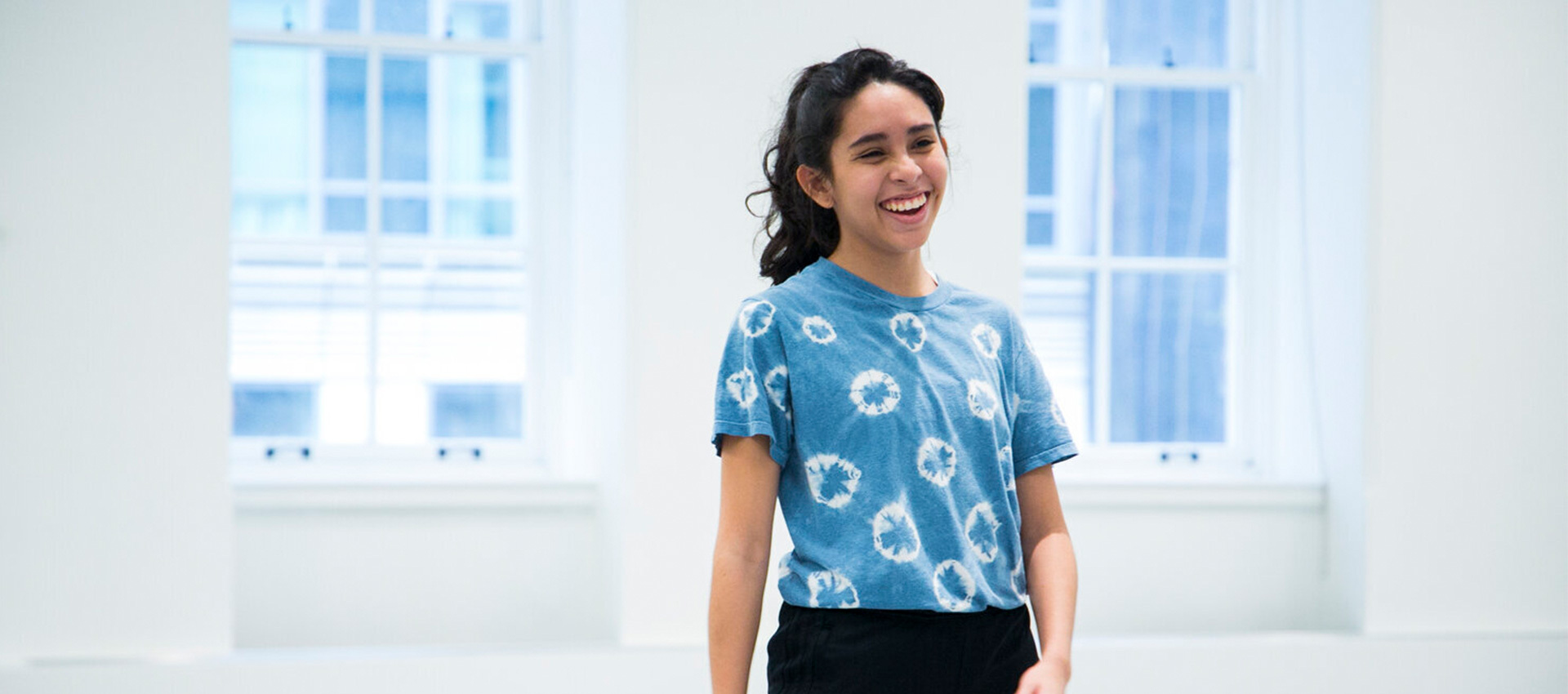
In Conversation with Choreographer Margarita Armas, ANÁLOGO
We dove into the creative process with choreographer Margarita Armas (pictured) ahead of the world premiere of her new work, Análogo.
Tell us a bit about your background. How did you begin dancing?
Born and raised in Miami, I was very lucky to be born into a family filled with artists. My parents were professional Peruvian folklore dancers, and this heavily influenced me to begin dancing at an early age. I began dancing Peruvian folklore at the age of two and after a few years, I started my ballet training at Artistic Dance Center in Miami. At the age of seven, I continued my ballet training with Miami City Ballet School until I graduated at 17 years old.
Was there a particular moment that shaped your career as an artist?
Presenting work at the Guggenheim for Works & Process in collaboration with Dance Lab New York and the Joyce was definitely a moment that shaped my career as a choreographer. Being 19 years old and a professional student at the Pacific Northwest Ballet, I wasn’t too sure of where I was going to end up in the next year. This opportunity opened up a whole new path in my life that I didn’t know was possible, and the connections that I made during that collaboration have continued to support me. Choreographing was a very personal process for me as a dancer, until I worked on that project. I realized my purpose and mission for dancing could be expanded through choreographing.
As a choreographer, how do you approach the process of creating new work?
Although I am still trying to polish my methods, I find myself really wanting to get to know how the dancers move and using that as my first step. My goal for my choreography is to allow space for diversity in movement and interpretation. I usually have an idea or story that I share with the artists, so we can all have a vision of what the work should end up looking like. I aim to keep the process as much of a collaboration as possible. I open up to how different each dancer moves and see how they can interpret a feeling or movement.
Tell us a bit about your new work. What is your inspiration behind the piece?
The song I use for the third section of the piece is really what started it all. A fellow artist and dear friend of mine, Ava Moses, introduced me to this song sung by Nina Simone. I was completely captivated by how this song transformed the energy of the room, and how it influenced our movement. After selecting music for the first and second sections, I figured out my concept. I was interested in exploring how partnership is seen in different types of life. Each section represents a flora, fauna, and human partnership experience. I really allowed the music to drive the decisions I made for what kind of movement I felt could best represent each section’s theme.
What do you hope the audience takes away?
Living in the Pacific Northwest has really allowed me to experience life and nature in a way I never had before. Slowing down and realizing that you can learn so much from just observing what is around you is really special. I hope the audience understands that we can learn from everything on this planet, because all of our experiences have many similarities, even if we might not realize them right away. I also hope they admire how living things experience life so beautifully in their own unique way.
What most excites you about bringing your new work to South Florida audiences?
Being raised in Miami and growing up in the Miami City Ballet halls, I feel grateful to have always felt the support this community has for its artists. I never dreamt of being in a position where I am now, and it’s an honor for me to come back to my hometown and share my work in a city where I have family, friends, teachers, and mentors that have taken part in shaping the kind of artist I am today.
